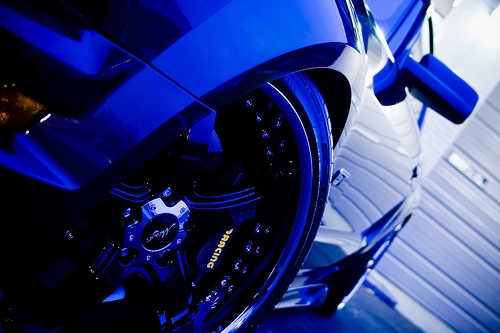
High tire pressure can have a negative impact on a car's performance, handling and comfort. It can also negatively affect tire life and cause additional problems for the car, its driver and its passengers.
High tire pressure is anything above a car manufacturer's recommended amount of pressure in the car's tires.
High tire pressure causes loss of traction because less of the tire is in contact with the road's surface. It can also negatively affect braking time and distance and give incorrect mileage readings for fuel consumption. Additionally, it makes the possibility of catastrophic puncture more likely when hitting unexpected road obstacles such as potholes.
It is best to use a high-quality, accurate tire gauge. You should check tires when they are cold, before setting out on a trip. Tire pressure is measured in pounds per square inch, or PSI. The appropriate PSI for a car's tires is listed in the car's manual and on a panel located in the car, usually inside the driver's side doorjamb. The PSI numbers on a tire's sidewall indicate the maximum pressure it can stand, not the recommended pressure. PSI recommendations vary by vehicle and manufacturer.
Low tire pressure can be just as bad as high tire pressure. More of the tire's surface is in contact with the road, which can lead to overheating and premature wear. Low pressure also creates greater rolling resistance, which decreases fuel economy.
Tire pressure changes with temperature, so it is important to check tire pressure often. Overall condition of tires should be assessed as well. Abnormal wear may be cause for concern, and may be indicative of other problems. Checking tires often can make it easier to prepare for when they need to be replaced.